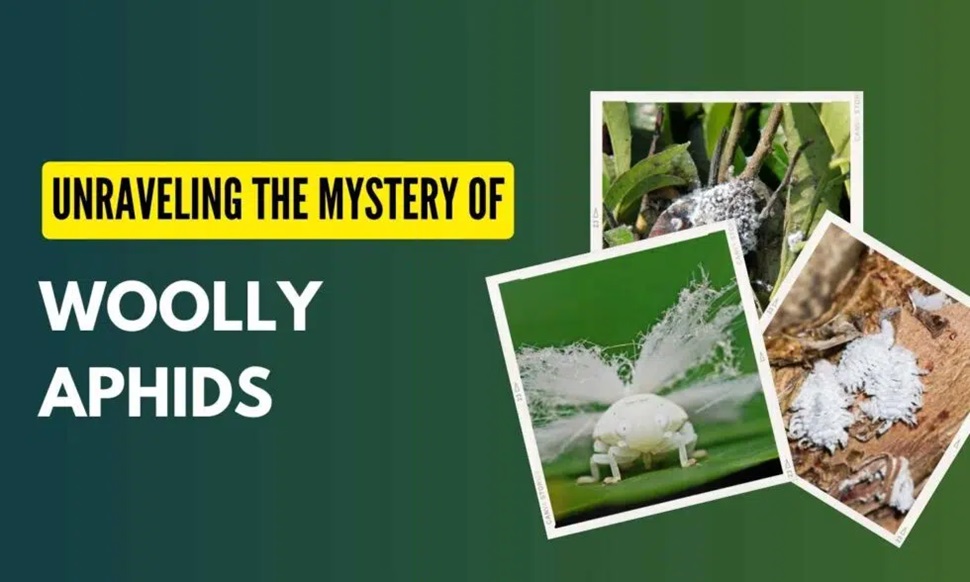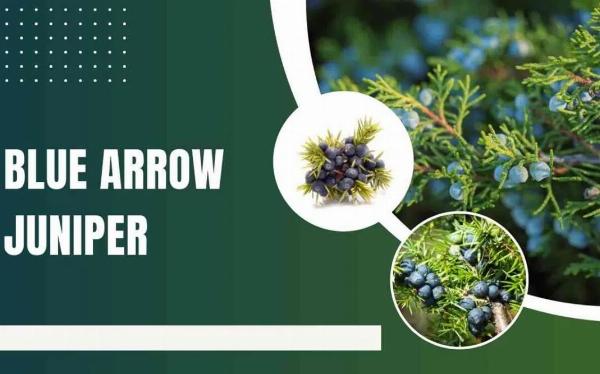Unraveling the Mystery of Woolly Aphids

Strong8k brings an ultra-HD IPTV experience to your living room and your pocket.
Title: Unraveling the Mystery of Woolly Aphids
Introduction:
In the world of insects, there are fascinating creatures that capture the imagination with their peculiar traits and behaviors. Among these, woolly aphids stand out as enigmatic beings, captivating researchers and nature enthusiasts alike. These tiny insects, often found clinging to plant stems and branches, possess a woolly appearance that sets them apart from their aphid relatives. Yet, despite their distinctiveness, much about woolly aphids remains shrouded in mystery. In this article, we delve into the intriguing world of woolly aphids, exploring their biology, ecology, and the ongoing efforts to unravel the secrets they hold.
The Enigmatic Appearance:
Woolly aphids, scientifically classified under the family Aphididae, derive their name from their wool-like covering, which is composed of waxy secretions and filaments. This unique adaptation serves multiple purposes, including protection from predators, insulation against environmental stressors, and regulation of water balance. The white or grayish "wool" not only camouflages the aphids among the host plant's tissues but also aids in moisture retention—a crucial factor for their survival in diverse habitats.
Life Cycle and Behavior:
Like other aphids, woolly aphids exhibit complex life cycles involving both sexual and asexual reproduction. During favorable conditions, a single female aphid can give birth to numerous live offspring through parthenogenesis, bypassing the need for mating. However, as environmental conditions change, particularly with the onset of winter, woolly aphids produce eggs that enable them to survive harsh periods. These eggs hatch in spring, initiating a new generation of aphids to continue the cycle.
Ecological Interactions:
Woolly aphids play integral roles in ecosystems, albeit often overlooked due to their diminutive size. As herbivores, they feed on plant sap by piercing the phloem vessels with their specialized mouthparts, known as stylets. While this feeding behavior can weaken plants and stunt growth, it also fosters interactions with other organisms. Some species of ants, for example, form symbiotic relationships with woolly aphids, tending to them in exchange for the sugary honeydew they excrete—a valuable food source for the ants.
Challenges and Adaptations:
Despite their adaptations for survival, woolly aphids face numerous challenges in their environment. Predation by natural enemies, such as ladybird beetles and parasitic wasps, poses a constant threat to their populations. Additionally, changing climate patterns and habitat destruction can disrupt their life cycles and host plant availability. To cope with these challenges, woolly aphids have evolved various defensive mechanisms, including rapid reproduction, chemical deterrents, and cryptic behaviors.
Research and Conservation:
The study of woolly aphids encompasses diverse fields, including entomology, ecology, and molecular biology. Researchers seek to unravel the genetic mechanisms underlying their unique traits, explore their ecological interactions, and assess their roles in ecosystem dynamics. Conservation efforts also aim to preserve habitats that support woolly aphid populations, recognizing their significance in maintaining biodiversity and ecosystem balance.
Future Directions:
As our understanding of woolly aphids continues to evolve, new questions arise, driving further research and exploration. Advances in genetic sequencing and molecular techniques offer unprecedented insights into their biology and evolutionary history. Moreover, interdisciplinary collaborations foster holistic approaches to studying these fascinating insects and their interconnectedness with the environment. By unraveling the mysteries of woolly aphids, we gain not only knowledge but also appreciation for the intricate web of life that sustains our planet.
Conclusion:
Woolly aphids stand as testament to the diversity and complexity of the natural world, captivating observers with their unique appearance and behaviors. From their enigmatic woolly coverings to their intricate ecological interactions, these tiny insects offer a window into the wonders of insect life. As researchers continue to unravel the mysteries surrounding woolly aphids, their importance in ecosystems becomes increasingly apparent. By safeguarding their habitats and understanding their ecological roles, we contribute to the conservation of biodiversity and the preservation of our natural heritage.
Note: IndiBlogHub features both user-submitted and editorial content. We do not verify third-party contributions. Read our Disclaimer and Privacy Policyfor details.







